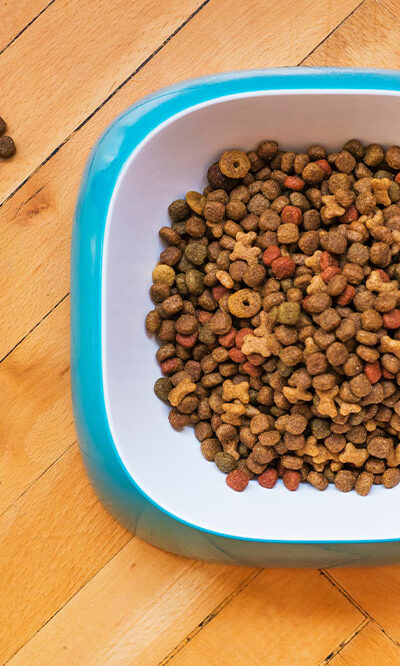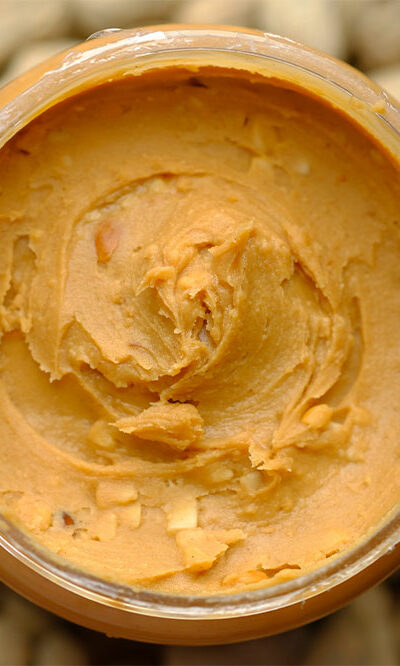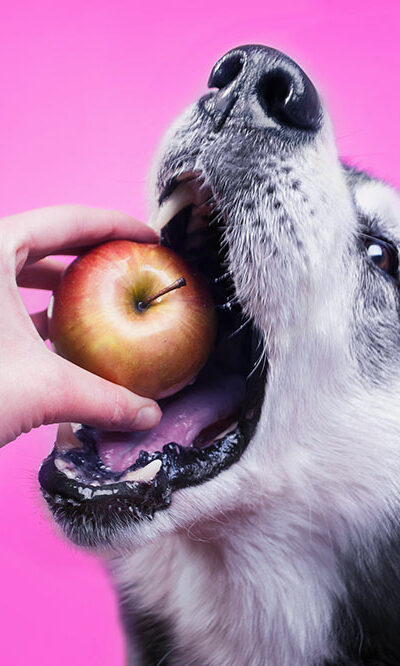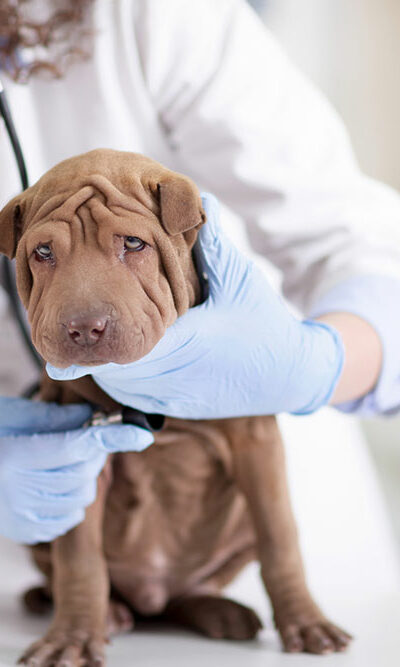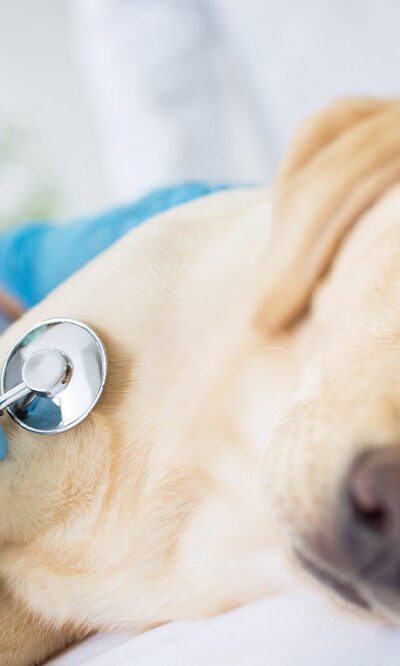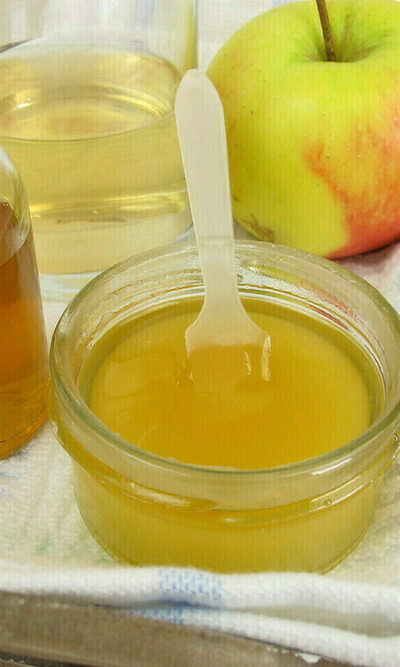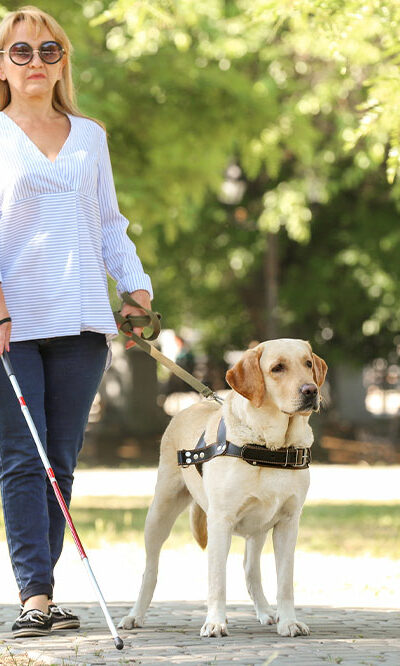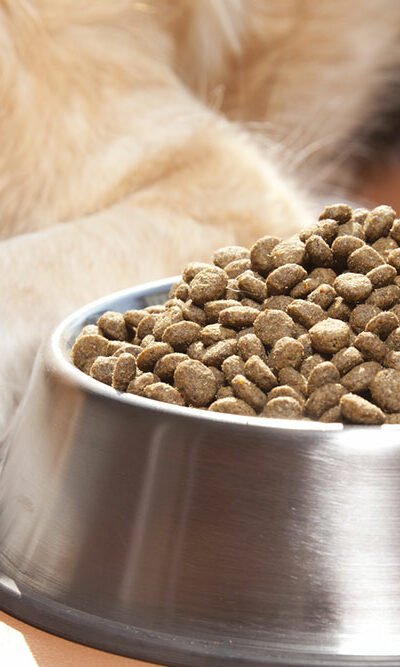
Black Friday 2023 – Top 10 Dog Food Deals to Look Out For
Black Friday is the perfect time for pet parents to stock up on essential supplies for their furry companions, including dog food and treats. During the sale, there are great deals and discounts available on nutritious dog food from top brands. The following article lists some popular dog food deals seen last year, which can give buyers an idea of what one can expect for Black Friday 2023. It also mentions a few dog food products that, if they receive deals this year, are definitely worth considering. Deals on wet food for dogs Wet dog food is often sold in cans or pouches and is essential for dogs’ nutritional requirements. It has a higher moisture content, which helps keep dogs hydrated, and its soft texture makes it an excellent option for picky eaters or those dogs with dental issues. It is also available in a variety of flavors and formulations. Here are some popular wet dog food options that are expected to go on sale this Black Friday. 1. Wellness’ Lamb and Beef Stew Last Black Friday, a case of 12 cans (12.5 oz) of Wellness’ Lamb and Beef Stew with Brown Rice and Apples was available at $4 to $5 off at Chewy, Amazon, and Petflow. Dog parents can keep an eye out for a similar deal this sale season. 2. Iams ProActive Health Wet Food Iams ProActive Health’s Chunks in Gravy (with Beef, Rice, Carrots, and Green Beans) Adult Wet Dog Food is a popular choice for adult dogs. Currently, it is available for around $29 at Chewy. If it goes on sale this year, it can be worth considering. Deals on dry food for dogs Dry dog food, known as kibble, is convenient and cost-effective for dog parents. It is available in different formulas for dogs from different life stages and nutritional requirements.
